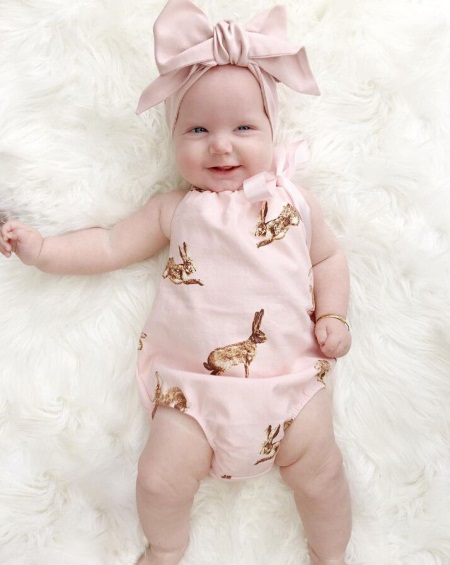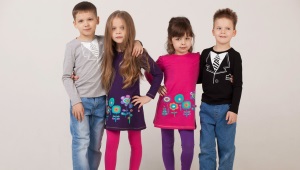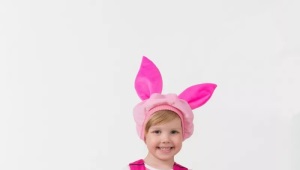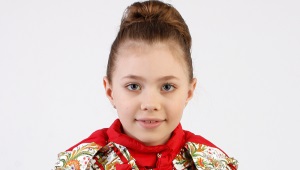Clothes for newborns and babies up to 3 months: how much you need and how to choose
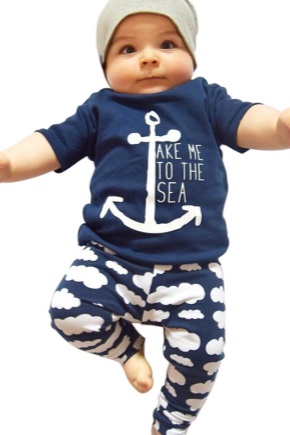
It is said that buying a dowry for a baby before he is born is a bad omen. But although many pregnant women become extremely superstitious, almost no one can resist going to the baby store. And this is absolutely true - signs are signs, and there will be absolutely no time to shop after the birth of a child. You can’t trust your husband with the choice of diapers and undershirts.
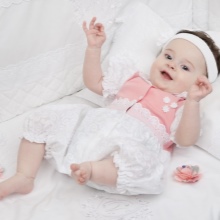
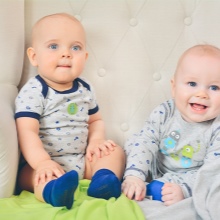
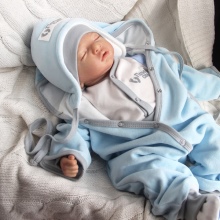
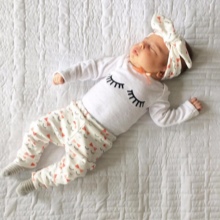
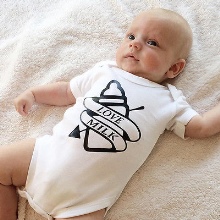
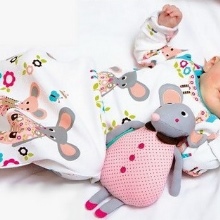
What does a future mother need to know when going to a children's store for the first time?
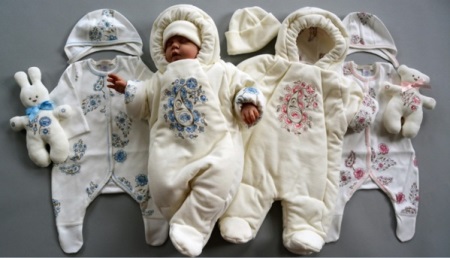
Varieties
There are not so many types of children's clothing, although the variety of styles and colors always makes your eyes run wide.
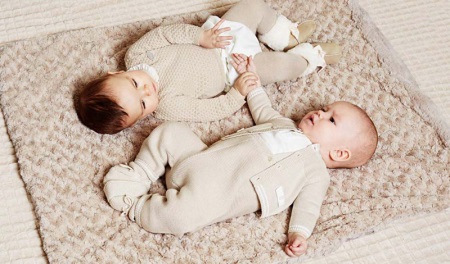
- Body. This is an extremely handy item. The buttons between the legs securely hold the bodysuit in place, do not allow it to ride up, get out of the sliders and expose the child's body, which is especially important during walks and sleep. Thanks to this fastener, you can easily change the diaper without undressing the whole child.
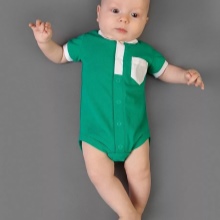
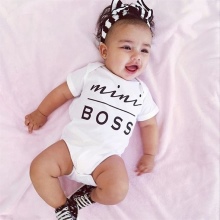
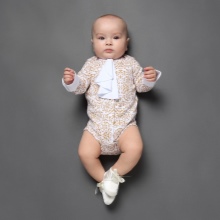
Bodysuits come in both T-shirts and short and long sleeves. You should pay attention to the clasp. The bodysuit for the smallest should be completely unbuttoned in the middle, and not just on the shoulders, so that you do not have to thread the child’s fragile neck and head into a narrow neck.
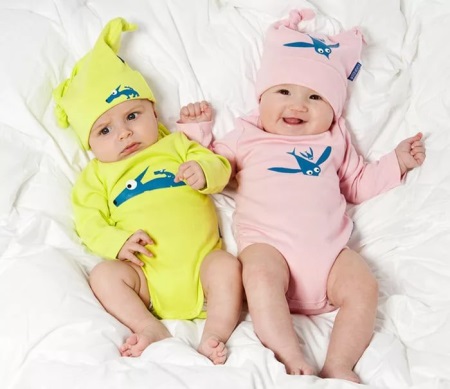
- overalls (slips) - they are sometimes called "little men". In such clothes, the child is always comfortable and comfortable. They do not slip, do not rub, do not interfere with learning the world.In the sized "man", the child sleeps well, free cut and natural material allow the skin to breathe and protect from overheating. In overalls with traces, the legs will always remain warm.

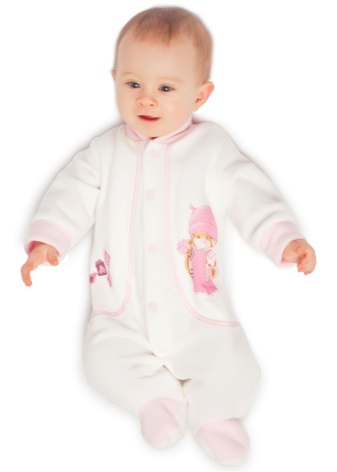
- Undershirts. This is the first, and one of the most important clothes for the baby, because from the first days they put it on when swaddling. As a rule, the puffs have long sleeves, ending with cuffs - scratches. This is convenient, since the baby will not remove such scratches by accident. Sew them with the seams outward so as not to damage the delicate skin.
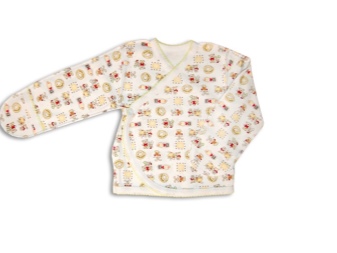
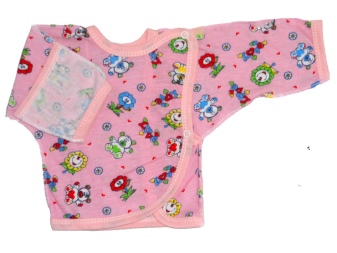
Undershirts are both simple with a smell, “under the diaper”, and with buttons, for a little older children. It's good when the button is on the shoulder, and not on the side - there it can interfere with the child during sleep. When choosing, do not forget that too thin vest can roll under the diaper and rub, in too tight the baby can sweat and earn hives.
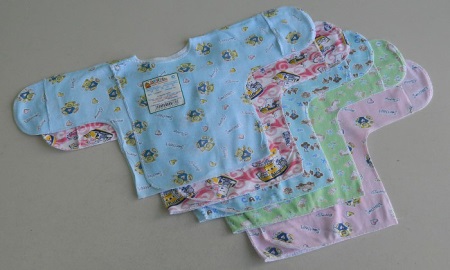
- Blouses. A blouse, unlike a vest, can be either with fasteners in the middle, or one-piece, with fasteners on the shoulders. There are no more scratches on the blouses - this is clothes for slightly grown children. They are needed mainly for going out, as at home the child can be hot in them.

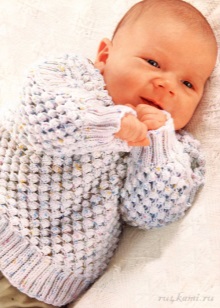
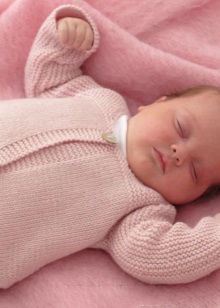
- sliders. There is no greater scope for the imagination of children's clothing designers than when creating rompers. For newborn babies, the most comfortable will be high sliders - with fasteners on the shoulders. They do not slip, the vest will not come out of them, the legs are protected by traces.
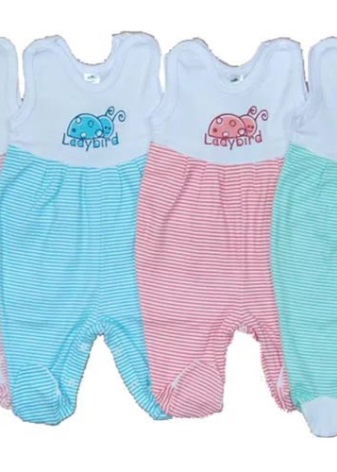
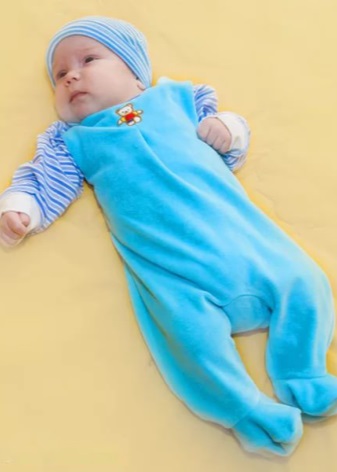
On slightly older children, you can wear sliders with an elastic band, which should be given special attention - in no case should it be tight and rough, leaving marks on the skin. Good sliders with a wide outer elastic band that tightly covers the body and does not cause discomfort.For a baby lying on his back all the time, the traces of his panties are not so important, the main thing is that they are in size and do not squeeze the leg.

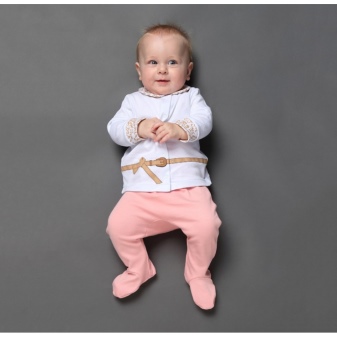
- Sandboxers. This is the joy of summer kids, because it is so nice to walk in them. They usually have fasteners on the shoulders, in the middle and between the legs, which is very convenient for a quick diaper change on the street. The short sleeves and short pants allow the baby to enjoy the summer sun and breeze.
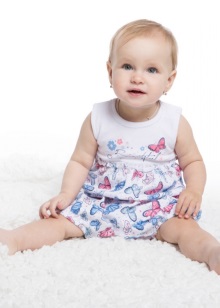
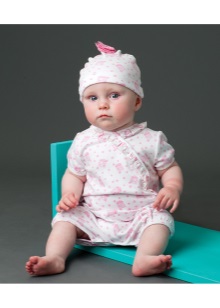

- Bonnets. The body of a newborn is still extremely weak and vulnerable, and the baby can easily blow through even in a slight draft, imperceptible by an adult. Therefore, a cap is always necessary. The smallest bonnets are made with seams outside and with ties under the throat so that they do not slip over the eyes and do not open the ears. But such ties can often rub and interfere with the child. A cap without ties, with an elastic band is more convenient in this regard, but mothers do not like them because they slide off their heads all the time.
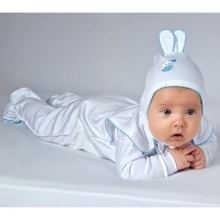
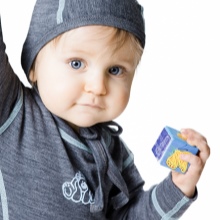
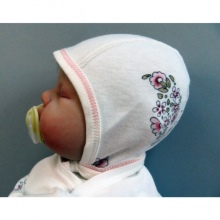
- socks. The most touching detail of a newborn's wardrobe is tiny socks. Socks are important, because the system of thermoregulation is still poorly established in a small organism and the legs of the crumbs are always cold. Socks should have a tight, but not tight elastic band, they should be easy to put on and take off.
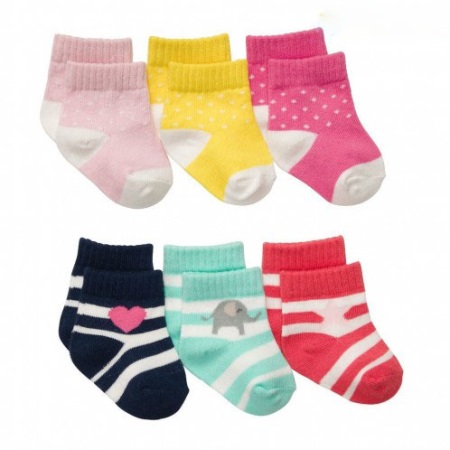
- booties. They are warmer and more comfortable than socks, since it is not so easy for the baby to get rid of them thanks to the strings. Usually, mothers or grandmothers knit booties, putting their love into them and showing boundless imagination at the same time. Factory booties also differ in a variety of styles and materials. The main thing is that the child's legs do not sweat in them, and the yarn does not cause irritation.
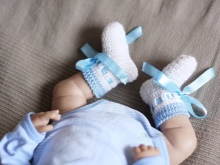

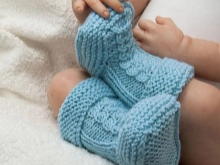
- scratches. Little mittens with rubber bands are necessary for the baby to protect him from his own sharp nails.The arms of a child in the first weeks of life are almost always in motion, and he can very easily injure himself with them. The scratches should not be warm, and such in size that the baby can freely open and close the fist.
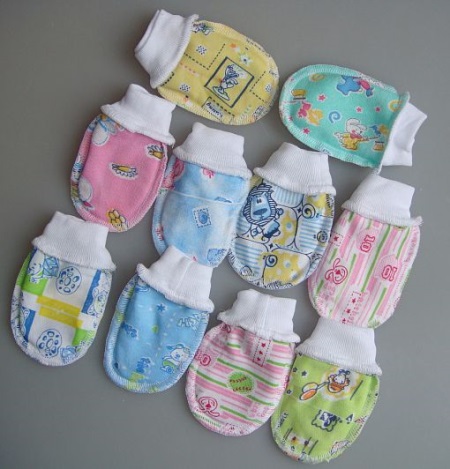
How to choose
Every mother worries that all of a sudden all the things she bought will turn out to be small. To prevent this from happening, you should first ask your parents and your husband's parents - how you yourself were born. As a rule, if at least the father is large in the family, then the child will be born large, moreover, at the last ultrasound, the mother is informed of the approximate size of the fetus, which can be guided by. However, in order to avoid a miss, it is worth buying clothes with a margin - from size 56. If a child is born 50 cm, you can always call your relatives to buy things in this size.
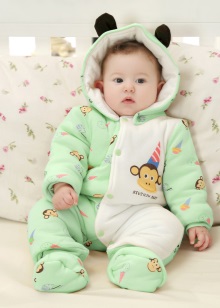
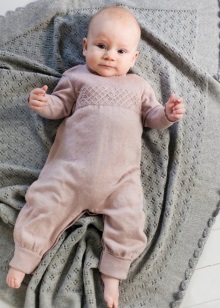
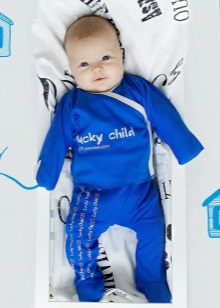

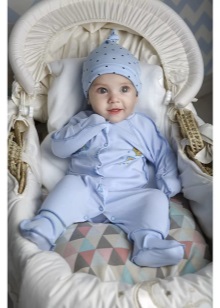
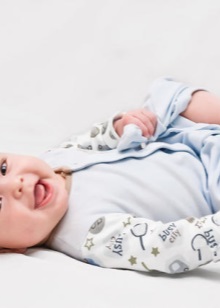
When choosing, you should pay attention to the country of origin and the material from which the item is made - it must be hypoallergenic and 100% natural. As a rule, most things are sewn from cotton of various densities. The thinnest are from interlock and satin stitch, warmer from footer, maher and flannel. To determine the quality of the material, just remember it in your hand - it should be smooth, without seals, soft and pleasant to the touch. Pay attention to the quality of the seams so that the overlock threads do not stick out and there are no knots.
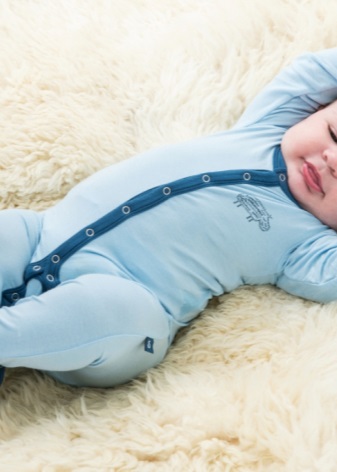
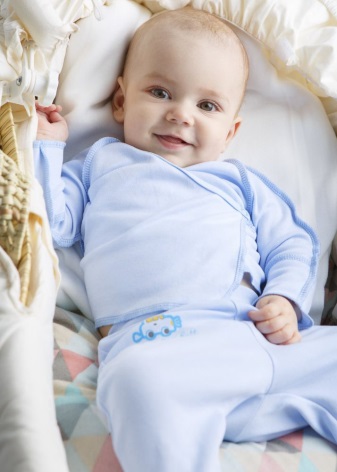

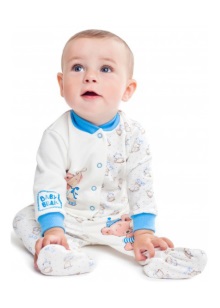
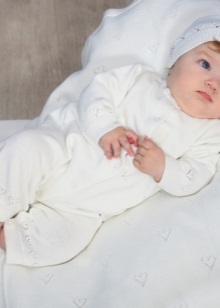
Check if all the buttons on things work - it is very difficult to replace such a malfunction, and it becomes impossible to wear clothes.
Do not buy things with a lot of decorative details - ruffles, frills, patch pockets. They will only interfere with the baby, falling on the face, creating unnecessary seals.
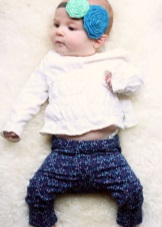
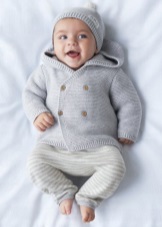
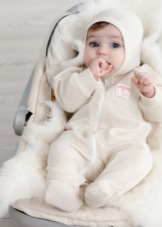

Size chart
Three sizes are relevant for babies from 0 to 3 months:
size height, cm age, months
50 48-50 0-1
56 50-60 1-2
62 60-62 2-3
What clothes do you need and how much
I want to buy children's clothes all in a row, because they are so cute and cause pleasant excitement from the thought that soon there will be a little man in them. But you need to pull yourself together and approach the issue wisely, so that later the whole closet is not clogged with unused things.
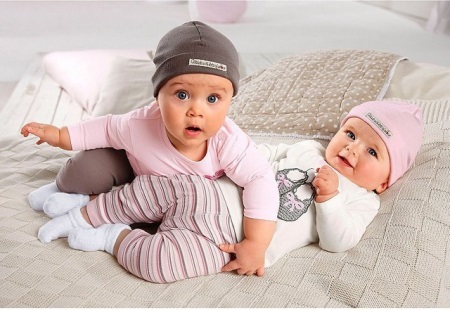
The number of necessary things depends on whether the mother plans to swaddle the child, or, following the fashion trend, will dress him in clothes from the first days. You can see that pediatricians are still arguing about whether to swaddle a child and how long to do it. But often a child is born so tiny that things even size 50 are too big for him and you have to wait 2-3 weeks before putting on his first outfit. Therefore, for the first time, until the baby leaves the apartment, mom will only need undershirts, socks, caps and scratches.
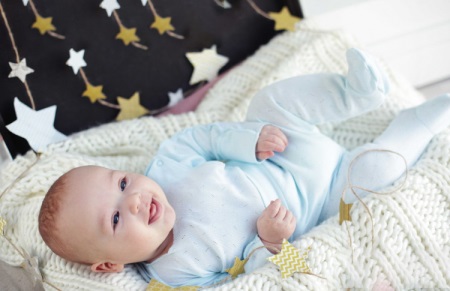
They make up a wardrobe based on what time of the year a joyful event is expected.
For the winter
Winter kids in the wardrobe will need:
- Bonnets - a pair of thin ones for the home and a pair of thicker ones for walking.
- 3-4 overalls. A pair of thin ones for sleeping and a pair of warm ones for going out.
- Socks of different density (at least 4-5 pairs), if the house is cold, you can not do without a pair of booties.
- Two pairs of scratches.
- Undershirts - two or three cotton and two or three flannel.
- Blouses - couple for walks.
- Rompers and bodysuits. Their number depends on how much you plan to use diapers and diapers. If you expect to do without them at home, then for a day you will need at least 20 pieces of sliders and 10 pieces of bodysuit.

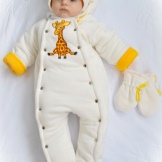
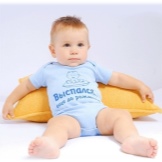


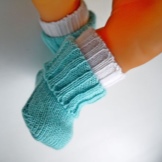

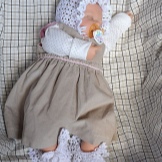
Plus, do not forget about a warm envelope for discharge and further walks, as well as a warm hat.
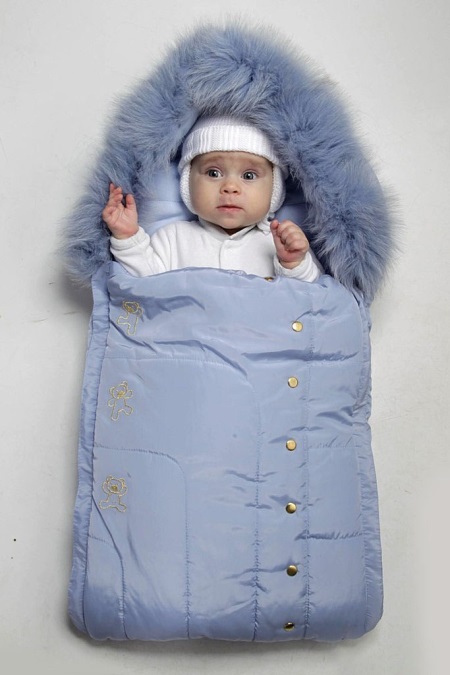
For autumn
The wardrobe of children born in the fall is almost no different from the wardrobe of winter children. They also need thin and warm overalls, undershirts and caps. The walking envelope may not be as warm as for the winter, but don't rely too much on the autumn sun. On rainy days, take care of a rain cover for the stroller so that your baby does not get wet, and as soon as the first snow falls, it is better to warm the child according to the winter version.
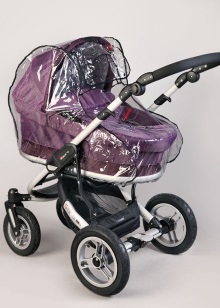
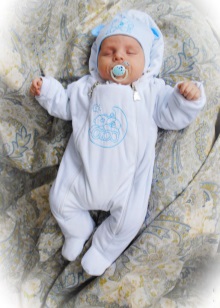
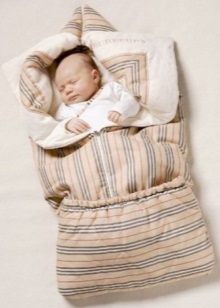
For spring
In the spring, you want to get rid of warm things as soon as possible. But if you have already rebuilt yourself, do not rush to unwrap a newborn child - he will freeze for a long time. Even if your joy is born in May, get for him not only light, but also warm clothes, although, of course, you will need less thin vests and overalls than flannel ones.
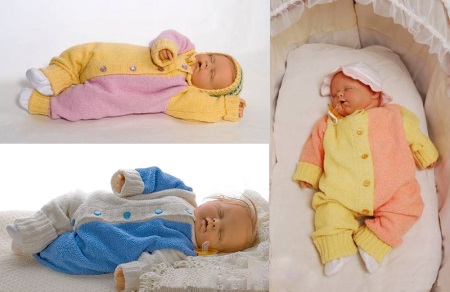
For summer
Summer children are the most expanse. For them, designers try to sew the most beautiful models, because every young mother wants her baby in a stroller to be the most beautiful. If your baby was born in the summer, then you will need:
- 2-3 thin bonnets or hats + a pair of thick ones for cool weather
- 3-4 thin overalls, and keep at least one warm at home in the closet
- 4-5 walking bodysuits with short sleeves and the same number of sandals
- A pair of blouses, suddenly throw over the child from above
- 5-6 pairs of thin and dense socks
- For the house, you need 3-4 thin undershirts and 20 pieces of sliders.
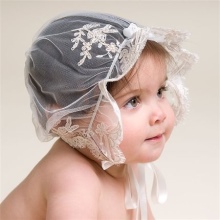
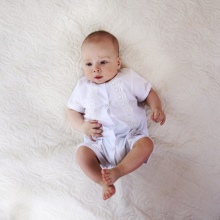
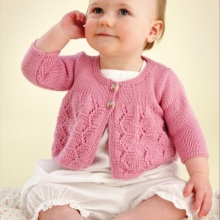
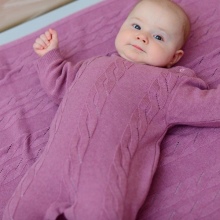

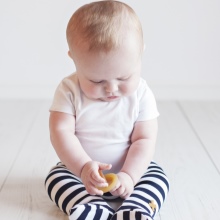
For a girl, you can choose a couple of dresses "to go out", but remember that it can be very uncomfortable for a very tiny girl in a dress.

The main thing is not to buy a lot of things at once, because children grow up very quickly.
